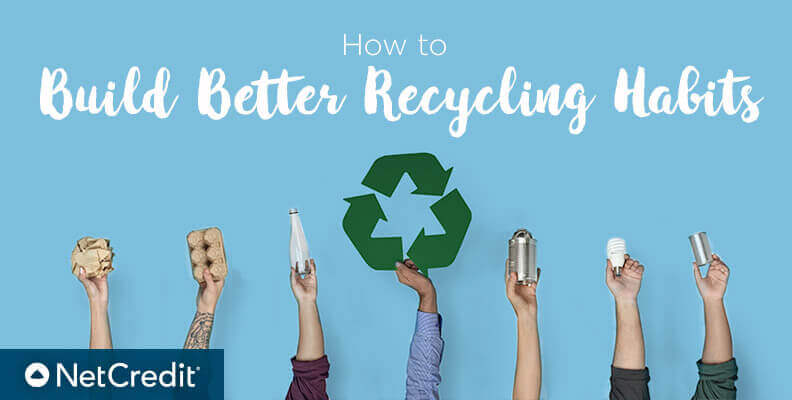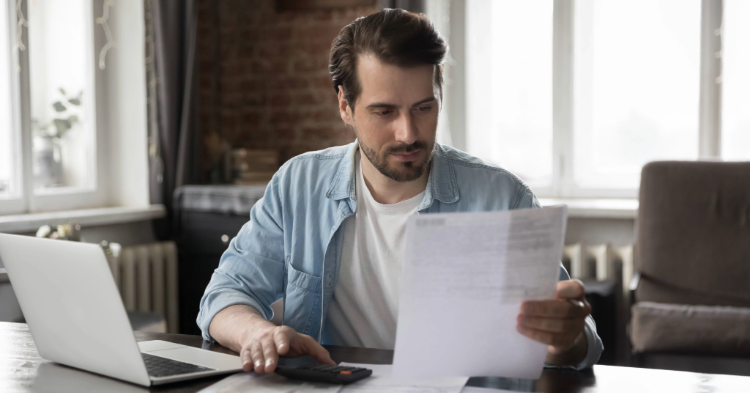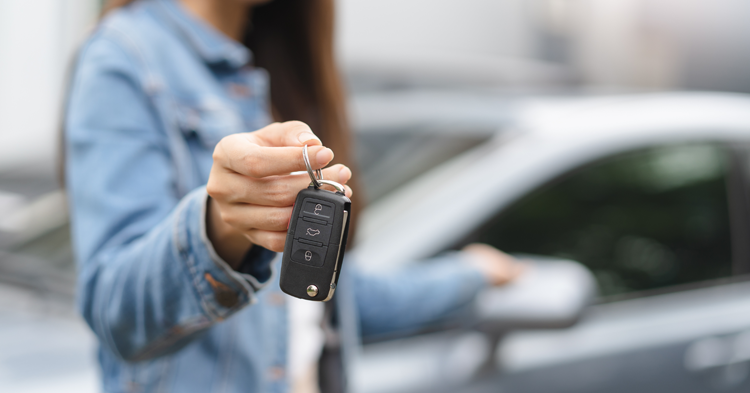Here’s a sobering statistic: 4.4 pounds of trash are produced per person per day in the United States.1 That’s the most in the world! Meanwhile, only 1.5 pounds of materials are recycled per person per day in the U.S.1 Clearly, we still have some work to do, but it can be difficult if you don’t know what you can (and should) recycle. It’s even more difficult if you don’t know where your local recycling center is. We spoke with some green thinkers to get their recommendations on how to locate your local center, get your family involved and make your recycling efforts more effective.
Think Outside the (Cardboard) Box
“Typically consumers just throw out light bulbs and batteries and do not realize how bad they are for the environment,” the folks at Batteries Plus Bulbs explain. “One easy way to recycle these items is to visit your local Batteries Plus Bulbs store. The stores offer an in-store recycling program using EPA-approved methods for safely recycling batteries, light bulbs and select portable electronic devices so people don’t have to drive too far or surf the web to find out where to drop off their goods.”
“Most people, when they think of recycling, they think of the traditional paper, cans and glass recycling, but not about electronics,” the folks at CDR Global point out. “We’re really trying to raise more awareness to the fact that you actually can and should recycle your old electronics.” Items like TVs, laptops, computers and cell phones shouldn’t be thrown out indiscriminately. Instead, they should be recycled with a tech recycling professional. Locate one in your local community or learn about your next neighborhood tech recycling event.
Repurpose
Don’t forget about the other R’s. “Reuse is sometimes called ‘repurposing.’ It means taking something that is already made and formed, already hauled here to your geographical location and applying it to a different purpose,” Joanne Poyourow of Environmental Change-Makers, explains. “Examples might be taking your used-only-once Amazon boxes and bubble wrap to a locally-owned mail box business for them to reuse for outbound shipping.”
This also can include “upcycling,” or the practice of reusing materials to make something new with a little creativity and a few craft supplies. Learn more about the basics of upcycling and your potential next project here.
Locate Local Recycling Centers
If you’re not sure where your closest recycling center is, take the time to do a little research. Apps like iRecycle (iOS, Android) can help you find centers in your area. If that turns up dead ends, dig a little deeper.
“My first choice is to have people contact their local schools who collect cans, plastic bottles and newspapers to raise money,” says Norman E. Weisinger, CEO/President of Cool Energy Island LLC. “The Boy and Girl Scouts, as well as the Boys and Girls Clubs, may do the same. Many supermarkets now have recycling centers where you can be paid for what you bring in. In addition, I would contact any local military services group. Usable items go straight to military families in need. Other items get recycled, and they collect the funds and provide assistance to the military families.”
Encourage Your Household to Recycle
Getting your family to participate in a new routine can be difficult, but there are ways to make the transition easier. “If there is no set recycling bin in the home, it will not become a habit to put things in the right place for recycling,” Dr. Luz Claudio points out. “Make it easy to recycle by having a designated space for recycling.”
Sandy Arons, MBA, Accredited Financial Counselor & Mediator, also recommends leading by example and stressing that it is our job to leave the world a better place for our children and grandchildren.
Make Recycling Fun for Younger Generations
“Make recycling happy and colorful!” Tony Ellison, CEO/founder of Shoplet, recommends. “Don’t worry too much about educating your kids on the significance of recycling, especially kids who are too young to wholly understand why protecting our planet is crucial to their future. By simply placing recycling bins around the house that are brightly colored and symbolically indicate where plastics, paper, etc. go, your children will not only be presented with a fun learning challenge, but also, eventually, make recycling second nature to their way of doing things around the house and beyond.”
Claudio continues, “Show children the effects of NOT recycling. When you are on a beach and see a plastic bottle on the sand, tell your kids that if people reduced, reused and recycled, we would not have such a big problem with trash on the beaches or on the streets. Kids can get the connection between our product habits and the environment; we just have to show them.”
Claudio adds, “Buy things that are made with recycled materials. It is satisfying, especially for young kids, to see what their recycling can do. For instance, I bought these pens made from plastic bottles called B2P (Bottle to Pen). It is obvious that they are made from recycled bottles, so my daughter, who is seven years old, can instantly make the connections of how ‘her’ recycled bottles can be used.”
References
1Breyer, M. (May 1, 2017). Trash by the numbers: Startling statistics about US garbage. Retrieved September 5, 2017, from https://www.treehugger.com/environmental-policy/trash-numbers-startling-statistics-about-americans-and-their-garbage.html






